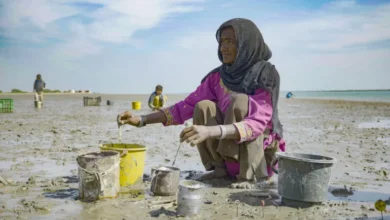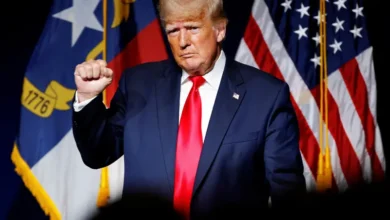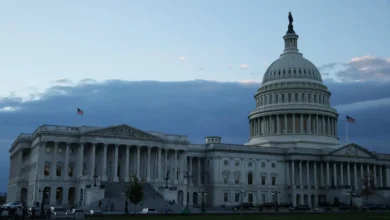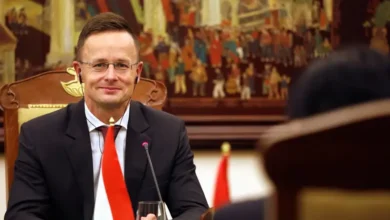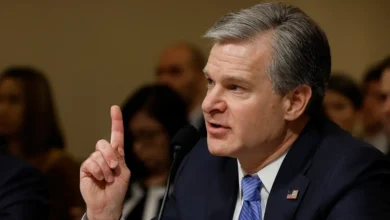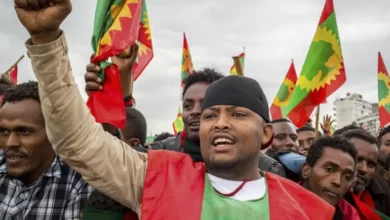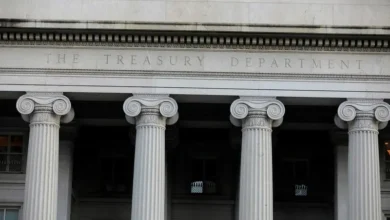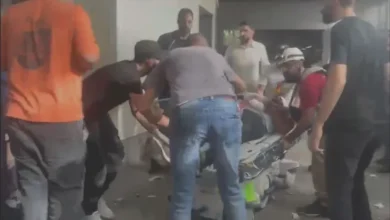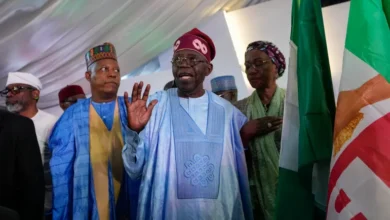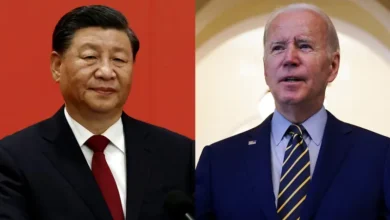As Sri Lanka votes, a $2.9bn IMF loan looms large
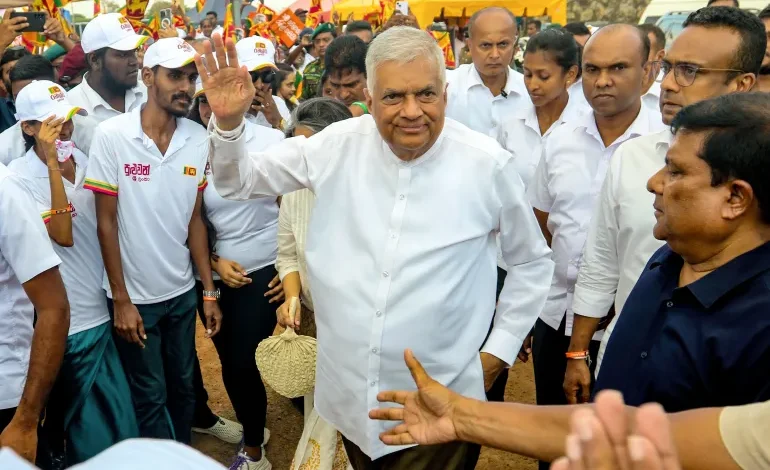
Ahead of Sri Lanka’s presidential election, no issue is more central than the economy.
With the South Asian country still struggling from its worst financial crisis in decades, Saturday’s ballot amounts to a referendum on austerity measures imposed by the International Monetary Fund (IMF) last year.
In a crowded field of 38 candidates, all eyes are on three men: incumbent President Ranil Wickremesinghe and his two closest rivals, Anura Kumara Dissanayake and Sajith Premadasa, both of whom want a new deal with the Washington, DC-based lender.
A six-time prime minister, Wickremesinghe represents the old guard.
His United National Party (UNP) has been one of Sri Lanka’s dominant political forces since the country’s independence in 1948.
While Wickremesinghe’s supporters commend his $2.9bn IMF loan – and subsequent debt restructuring deals – Sri Lankans experienced a cost-of-living crisis on his watch, with inflation peaking at nearly 74 percent in 2022.
After the end of its civil war in 2009, Sri Lanka borrowed heavily to fund infrastructure-led growth.
Then, in 2019, President Gotabaya Rajapaksa introduced unfunded tax cuts. Fiscal pressures were compounded when the COVID-19 pandemic led tourism and remittance inflows to dry up.
In 2022, a surge in oil prices and rising US interest rates tipped Sri Lanka into a balance of payments crisis. To maintain imports, Colombo was forced to prop up its plunging currency – the rupee – by running down scarce international reserves.
Rajapaksa’s government faced an increasingly stark choice – continue servicing its international debt or pay for critical imports like food, fuel and medicine. In April 2022, Sri Lanka defaulted on $51bn of external debt.
By July, with the country facing shortages of essential goods and power blackouts, inflation was hovering at 60 percent. Anger over the government’s handling of the crisis led to mass street protests, forcing Rajapaksa to flee the country and resign.
As Rajapaksa’s successor, Wickremesinghe was tasked with reversing Sri Lanka’s economic crisis.
With few options on the table, he turned to the IMF. In March 2023, Colombo agreed to a 48-month emergency loan. As with all IMF deals, it came with strict conditions.
In exchange for funds, Wickremesinghe was forced to remove electricity subsidies and double the rate of value-added tax (VAT).
“Wide-ranging austerity also included a sovereign debt restructuring,” Katrina Ell, director of economic research at Moody’s Analytics, told Al Jazeera.
Refinancing operations typically involve exchanging old debt instruments for new, more affordable ones. Sri Lanka’s foreign and domestic lenders had to accept equivalent losses of 30 percent as part of the IMF agreement.
“All these measures do not offer a quick fix,” Ell said.
Still, “Sri Lanka’s economy has shown meaningful signs of improvement” since 2022, she said.
The rupee has stabilised and inflation has come down sharply from its 2022 peak. The World Bank forecasts the economy to expand 2.2 percent in 2024, following two straight years of negative growth.
On the other hand, real wages remain significantly below pre-crisis levels and the country’s poverty rate has doubled, according to the World Bank.
Presidential contender Premadasa, whose Samagi Jana Balawegaya (SJB) party splintered off from Wickremesinghe’s UNP in 2020, has criticised the IMF deal.
Premadasa has argued that boosting export markets and strengthening the rule of law are the way forward.
Yet he is not the main candidate for change, according to Jayati Ghosh, a professor of economics at the University of Massachusetts Amherst.
Dissanayake’s political stock has risen dramatically in recent months.
